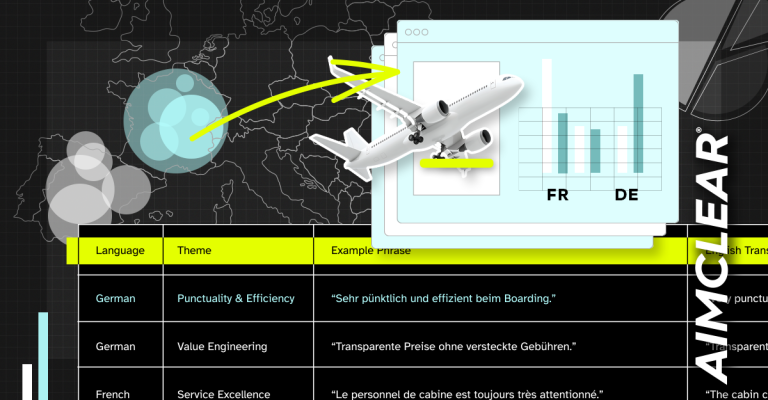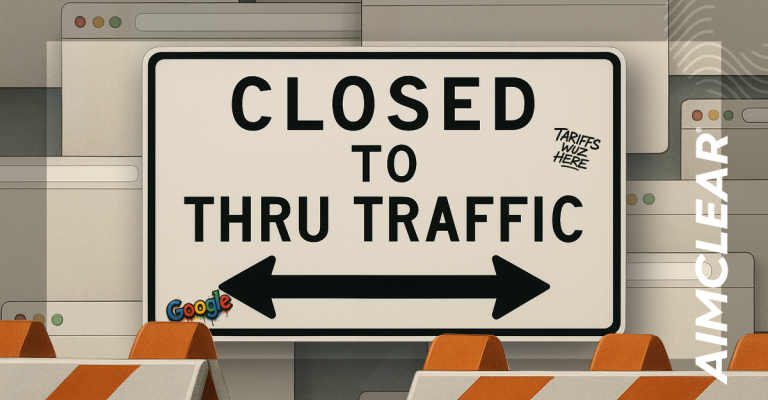Most guys expect to lose their hair at some point. A little greying and thinning with age is totally predictable. But when you’re in your twenties and start noticing less hair on your head and a lot more on the shower floor… it’s time to evaluate those day-to-day stress triggers.
We can’t speak for every profession, but for today’s web developers, we’ve assembled 4 of the nastier professional stress triggers, and tips for overcoming them like a champ. Results: A happier, hairier you and a better end product. Developers– read on if you want to keep your livelihoods thriving, sanity intact, and head warm without resorting to knit caps 24/7.
Developers, Get the Right Tool for the Right Job
We’ve all been there: A nail in one hand, a screwdriver in the other, and a half-built IKEA bookshelf on the floor. Clearly, there’s a problem… but all too often, we press on anyway. Sure, the tools you are using work properly, but they’re not right for the job at hand.
How can this situation be avoided in terms of web development? To start, take the time to analyze your project before you start building. Look at all the tools available to you. This means getting out of your comfort zone and reviewing new tools you may never have used before.
Look at websites similar to yours, or what you want yours to be: What software did the developer use in each case? Check out the chatter on forums like stackoverflow.com. Listen in to developers who have tried to build similar websites. What issues did they have? Was there a common solution? Devote 30 minutes on the front end of a project to save hours of frustration later down the line.
Don’t Re-Invent the Wheel
Rarely does a packaged solution contain all the features that developers need to build a client website to specifications. When a packaged solution doesn’t have everything you need, your first plan to add those features should not involve several weeks of custom coding. Chances are someone somewhere has already done some, most, or all of the work for you. By building everything from scratch you’re not only wasting your time, you’re wasting your client’s time, too– overcharging, and probably under delivering.
WordPress, and Drupal have well-established user submitted plugin communities, and should be your first stop when using those systems. If you are working with a more obscure system, let Google be your buddy. “System Name” + “Functionality” in a Google search can save you a lot of time.
Keep It Simple, Stupid
Nothing’s worse than a website that doesn’t work. (Except a poorly designed website that doesn’t work.) If you find yourself suffering from broken functionality frequently, or even just more frequently then you would like, take a look at your development priorities.
Your goals in development should be aimed towards three levels of functionality: need, want, and nice-to-have.
- Needed functionality is pretty easy to identify; viewing products, view a blog post, checkout. All of these should work out of the gate and if not, they get highest priority on the fix it list.
- Wants and nice-to-haves are less easily identified, and can vary depending on your project. The easiest way to sort them is by asking yourself, “If this wasn’t available, would the experience suffer?” Slip into your customer’s shoes and be honest with your decisions. If a feature has no significant impact, it’s a nice-to-have. Everything else is obviously a want.
Once you have identified all your levels, start adding from the beginning. When you reach a problem, look at the functions priority. If it’s needed, fix it immediately. If it’s wanted, take a look– but don’t waste your whole day trying to fix it. Move on and circle back when you have the other wants in place. If it’s a nice-to-have, take a moment to curse under your breath and move on. You can come back to it once everything else is in place.
If you lay out your development plan this way, you should be able to quickly identify serious problems over the not-as-serious and launch websites that are less error-prone.
Remember: Content is King! Yes, Developers Think So, Too.
Your new blog sure is pretty! Too bad it’s as vapid as a high school locker room. Lack of content is one of the easiest problems to avoid, but is far and away one of the biggest headaches for a new website. Content is often just a matter of communication between you and the client. As soon as you start a project, begin talking content. Be persistent and set deadlines.
We can already hear you crying, “But I’m a developer! I don’t talk to people!” If that’s your attitude, go out and pick up some Rogaine. These simple conversations will save your sanity at the end of the project, and they often help remove unneeded features that the client didn’t fully evaluate. If you finish a site and the client is surprised that they need to deliver content, you didn’t communicate enough.
—
And there you have it– four gross stress factors web developers can identify and overcome. Happy combing!









